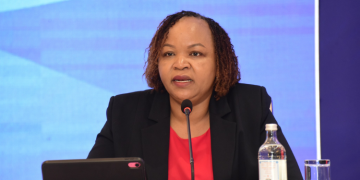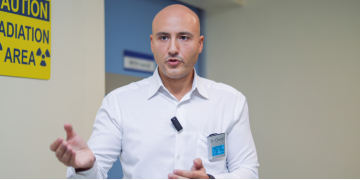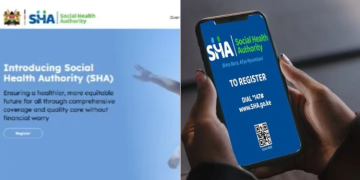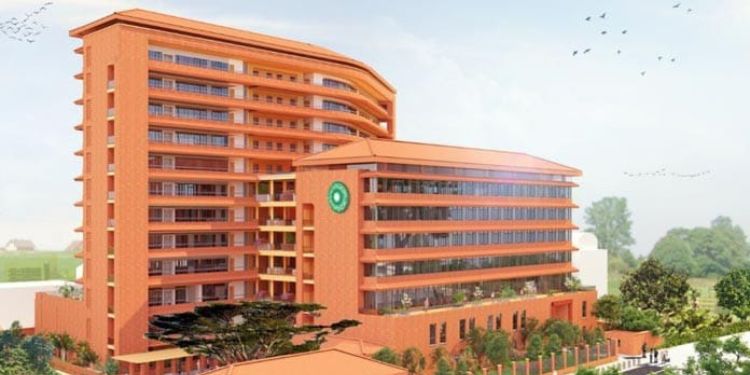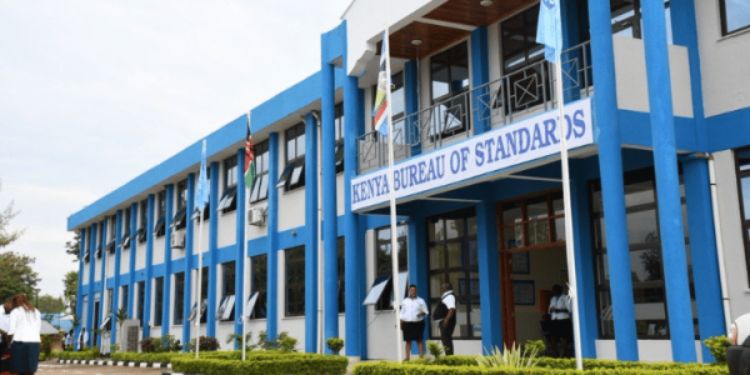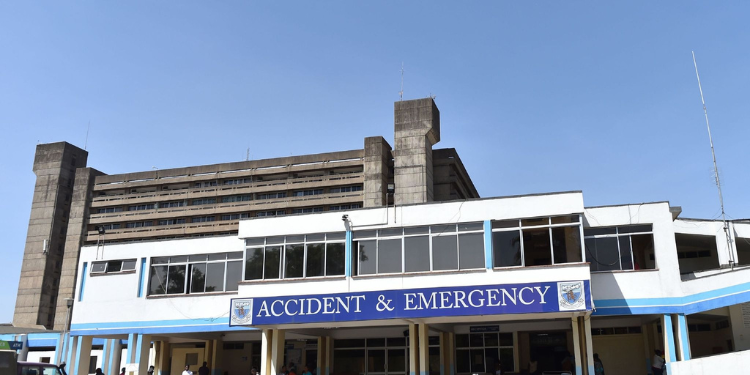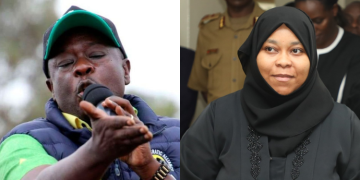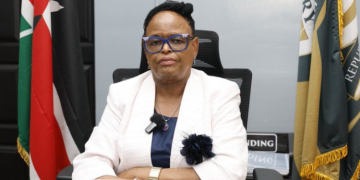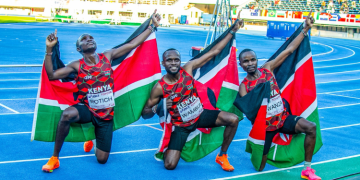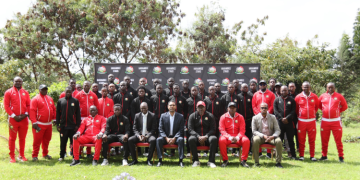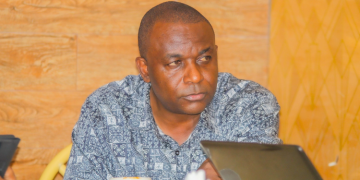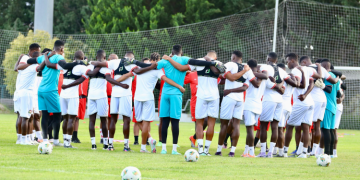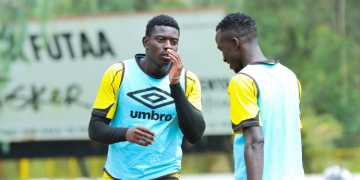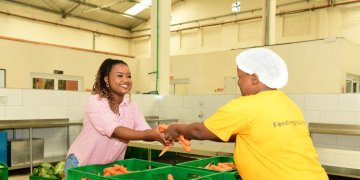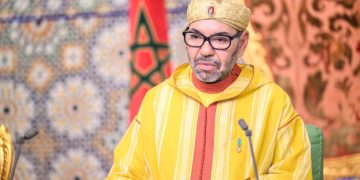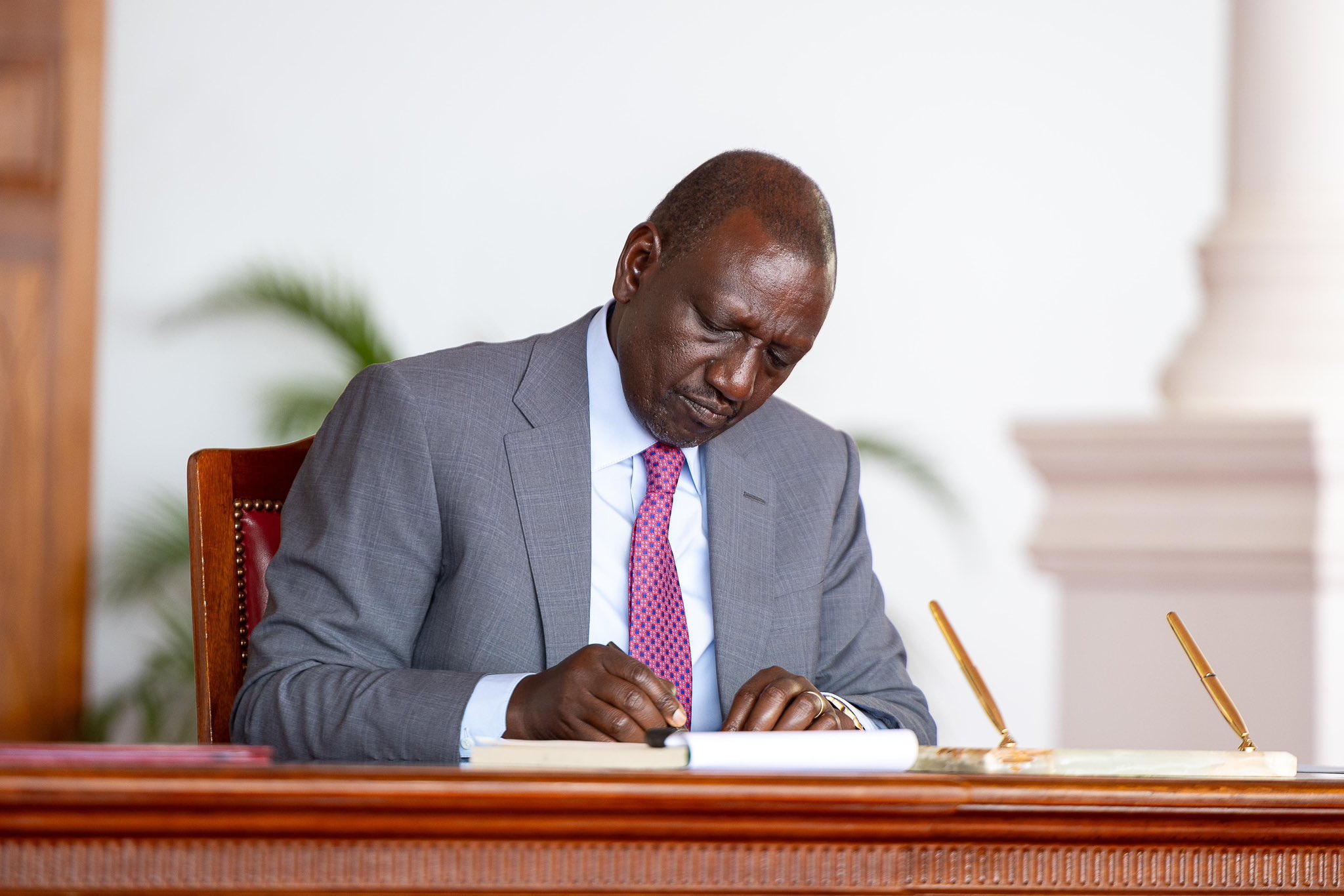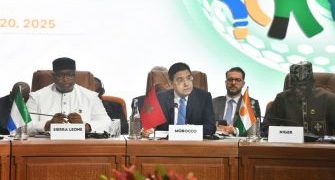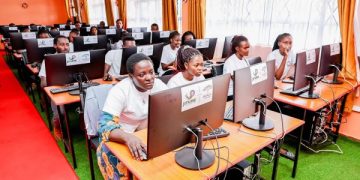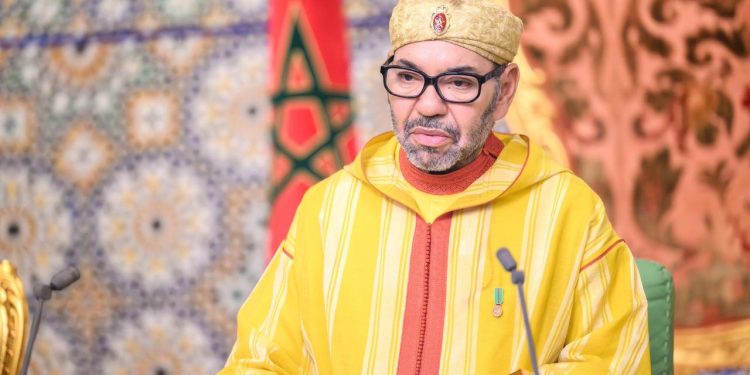Women’s empowerment is one of the key goals of the United Nations Sustainable Development Goals (SDGs), which have been successfully adopted by many developing countries, including Morocco.
In Morocco, the government has made significant steps to promote women’s education and training as a central pillar of its gender-empowerment strategy.
Through launching comprehensive and successful programs, there is solid progress for women’s empowerment through their active contributions to the sustainable development of society, such as the Moroccan National Integrated Plan for Women’s Economic Empowerment (Moroccan National Integrated Plan for Women’s Economic Empowerment) program.
However, it needs to further give priority to implementation, promoting school education among rural girls, ensuring quality and training relevance, and linking education with meaningful employment.
Quality and access to education need to be further promoted, particularly at the school level.
What Morocco is doing
Morocco‑Attamkine is a National Integrated Program for the Economic Empowerment of Women and Girls by 2030. This national program was successfully launched by the government, which has upgraded the education and training.
Also Read: State of Women in Higher Education in Tanzania
For example, one specific agenda of the program includes “Double the proportion of women vocational education graduates to be at the same level as men today – 8 % versus 4 % today.”
Reducing school dropouts & strengthening “second-chance” education for rural youth and girls is in particular focus.
The government, as part of its employment and education agenda, has set a goal of reducing dropout rates by strengthening middle schools in rural areas and scaling up second-chance education programs.
In 2022, Morocco established the National Committee for Gender Equality and the Advancement of Women, which is one of the main institutional mechanisms to promote women’s rights, including economic, social, educational, and cultural rights, within the national development model.
There is special attention to promoting rural girls’ education and to providing infrastructure support for school education in rural areas in Morocco.
Challenges
The literacy level among women in Morocco remains a concern. Authorities should also address the dropout rate at the school level.
Furthermore, access to education is much lower in rural areas compared to cities. Long distances to schools and a lack of transport remain challenges in some areas.
Also Read: Meet Five African Women Using Their PhDs to Change Africa’s Future
Many families prioritize boys’ education over girls’ due to limited financial resources. Girls are often expected to contribute to household chores rather than attend school.
The Way Forward
Women’s education in Morocco has improved significantly over the past decades, but challenges such as rural-urban disparities exist. It needs to further expand rural education infrastructure, including building more schools, especially secondary institutions in remote areas, to reduce travel distances for girls. Scholarships and stipends may further encourage and enhance the positive role of women to achieve sustainable development goals.
Follow our WhatsApp Channel and X Account for real-time news updates.


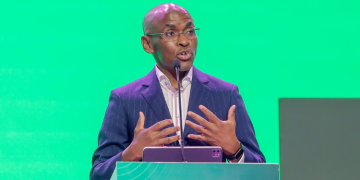
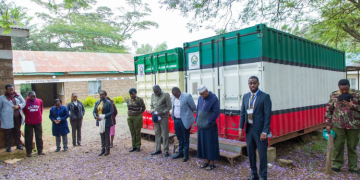

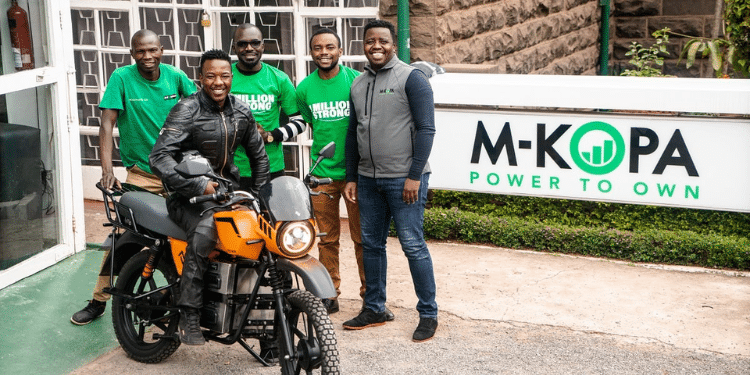

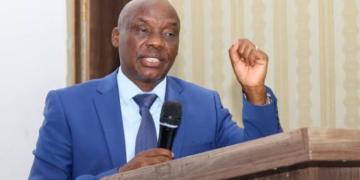
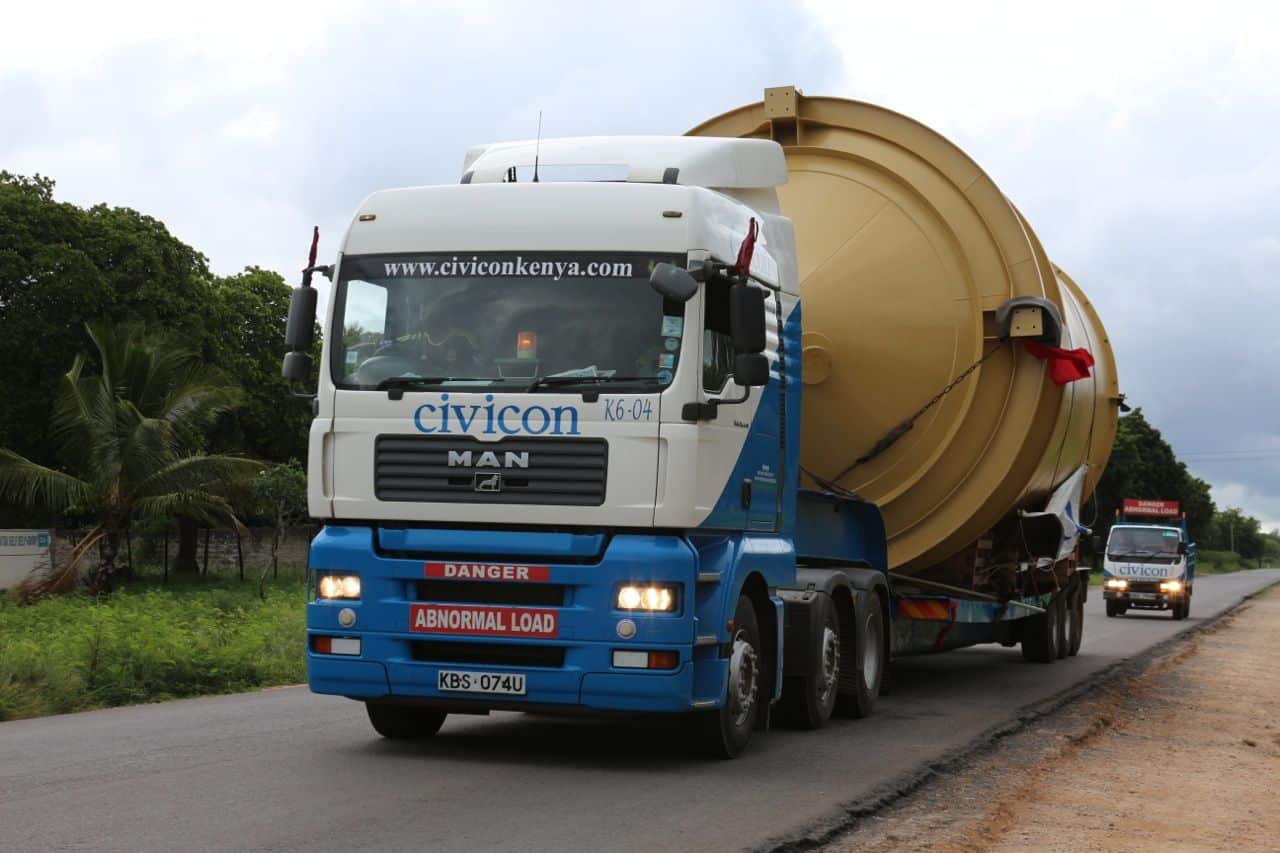

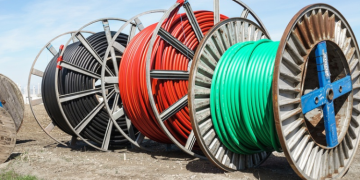
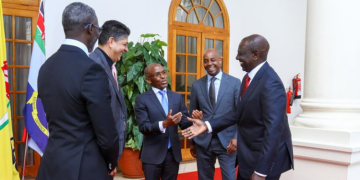
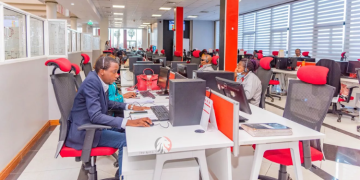
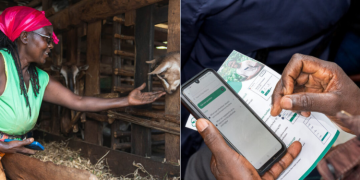
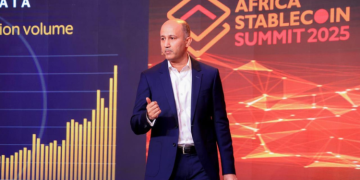
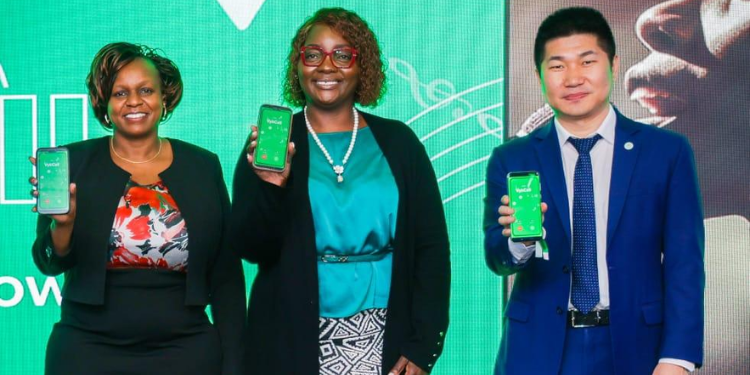



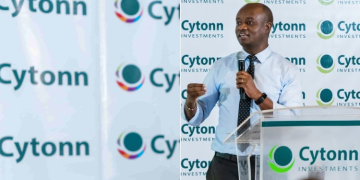
![Billions Each Top Kenyan Bank Has Made So Far In Profits This Year [List] Q3 2025 Results For Equity, Kcb, Co-Op, Absa And Other Banks]( https://thekenyatimescdn-ese7d3e7ghdnbfa9.z01.azurefd.net/prodimages/uploads/2025/11/C0-OP-KCB-Equity-Absa-360x180.png)

